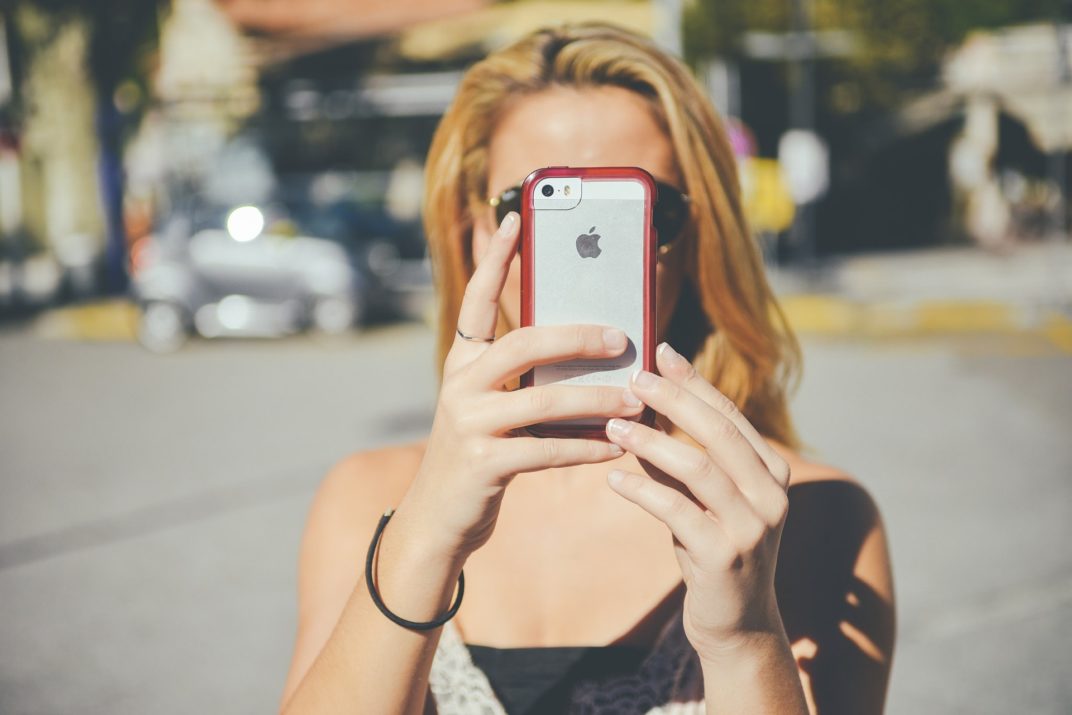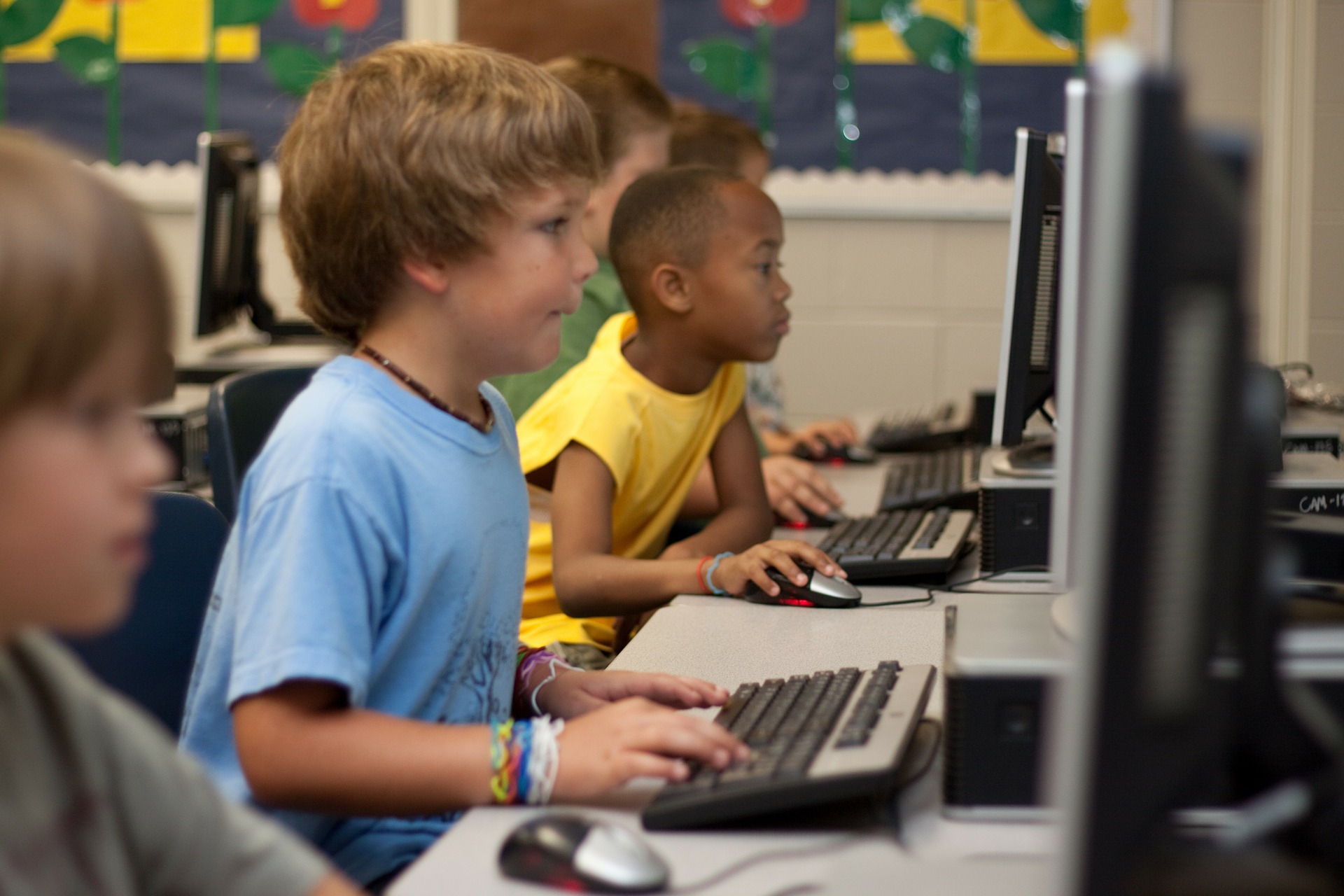
Using social media as a teacher can at times feel overwhelming, especially when trying to balance your personal and professional life. Fortunately, there are a wealth of teachers who are paving the way for proper social media use. For example, consider:
- The TuTu Teacher, who retains a lighthearted and inspiring social media presence across Twitter, Facebook and Instagram.
- On Facebook and Instagram, Amy Groesbeck of The Animated Teacher shows how to be both educational and little bit silly online.
- One Fab Teacher Miss May, who relies primarily on YouTube to share essential teaching tips to over 11,700 followers.
If you’re wondering how to create a responsible social media presence for students, families and other teachers, read on.
Social Media Education for Teachers
It’s important that teachers learn the nuances of ethical social media use. However, there are varying perspectives regarding how social media should and shouldn’t be used by teachers.
According to the New Zealand Teachers Council, teachers who are confident and competent on social media serve as a positive role models for students. Some experts say that teachers should consider creating separate accounts for personal and professional use. This helps prevent ethical problems that might arise, and it helps students maintain a professional view of their educators.
Alternatively, other online ethics experts say that having one social media profile can better model digital citizenship. Michigan-based teacher Adam Burns explains that having one profile enables him to demonstrate appropriate social media use while appearing authentic and transparent to his students.
No matter which approach you choose, you should always treat your social media posts as public. Even when posting on a private page, teachers need to maintain a respectful and professional identity. Webwise, an internet safety group based in Ireland, outlines four important characteristics of social media. It has the potential to be searchable, permanent, copyable and global – even when you think an account is protected.
Whether a classroom Facebook page or your personal Twitter account, a teacher’s social media presence requires balance. Second grade teacher Jillian Starr explains that finding this balance can be difficult. However, she says that it’s easier if you separate posts into different categories. These might include posts about the classroom, personal (yet appropriate) updates, inspirational quotes or memes, and giveaways.

Curating a Responsible Social Media Presence
To carve out a stronger understanding of what is and isn’t acceptable behavior on social media, we’ve collected a few tips from other educators.
These behaviors are safe and acceptable:
Friending high school students after they’ve graduated.
Teacher and technology education advocate Keegan Korf tells students who ask to friend her on social media to wait until they graduate. This helps set boundaries for when a teacher-student relationship can shift into a mentor-mentee relationship between two adults.
Setting expectations for parent and family interactions on social media.
Kathleen J. Tate, a professor and the program director of teaching at American University, says setting expectations prevents awkward interactions between families and teachers online. Sharing the classroom’s digital policy, approved by the school principal, at the beginning of the year can help outline virtual boundaries and ensure that everyone’s on the same page.
Allowing safe and responsible interactions between students on classroom-related pages.
Monica Fuglei, an English instructor at Arapahoe Community College, explains that teachers can use social media to enhance interpersonal relationships between students. For example, a private Facebook page or network like Edmodo can allow students to interact with peers in safe, secure environments.
These behaviors are unethical and should be avoided:
Friending or adding students from your personal account.
Librarian/teacher and Google-certified innovator Gwyneth Jones says that there are too many potential hazards involved when teachers friend or follow their students’ private accounts. Instead, teachers should set this boundary at the beginning of the year so students know not to ask.
Using student names or faces on social media without explicit parental consent.
Tanner Higgin, director of education editorial strategy at Common Sense Education, advises teachers to use parental consent or opt-in forms before using social media in the classroom. When creating such forms, it’s best to get approval from the principal to make sure that your classroom guidelines align with school policy.
Oversharing or overposting.
Mark Barnes, an educator and founder of Times 10 Education, shares an infographic for educators to follow that includes tips on what not to do. Oversharing can be off-putting to both teachers and students, blurring the line between what’s personal and what’s professional. When in doubt about whether or not to post something, remember don’t overpost: quality over quantity.

Social Media and Student Safety
As educators in the digital age, teachers bear some responsibility to show students how to use social media correctly. In addition to setting a positive example, teachers can also take strides to teach students about personal and professional safety on the internet.
For example, computer science professor Suzanne Mello-Stark teaches at a summer camp that introduces students to varying aspects of cyber ethics. Topics include passwords, online privacy and data breaches, and Mello-Stark uses games and challenges to help students explore the world of digital ethics in a fun, hands-on way. This serves as an example of how teachers might incorporate such topics into the classroom, whether in a single activity or a longer unit.
Student safety concerns can also arise when using social media as a teacher. It’s essential that teachers know how to identify and respond to these situations. Harvard fellow and associate law professor at the University of New Hampshire Leah Plunkett provides an example of how a teacher might handle a safety situation on social media. In this instance, students saw a peer making dangerous claims about self-harm on social media and told their teacher about it. The teacher took the matter seriously and contacted the student’s parents right away. This is an example of how digital situations sometimes require a more traditional or in-person response.
Social Media Policies and Procedures
While the case of self-harm is serious and many teachers would respond by taking immediate action, other situations can feel more uncertain. Fortunately, a standard set of ethics or laws governing teacher social media use could be the answer to such confusion.
New Zealand Herald political reporter Nicholas Jones recently wrote about advancements in a universal code of ethics for teachers which outline appropriate social media use between teachers and young students. The version being updated was written in 2003, when social media was not a consideration.
School social media specialist Andrea Gribble explains that social policies should encourage staff, stress personal responsibility and address employee-student relationships. She links to a number of helpful policy examples from various school districts.
Images by: janeb13, Thomas Ulrich, Cherylt


What do you think?